For the Re:Research column, we ask artists to take us behind the scenes of their work. Hande Sever shows us how the turbulent history of the student movement in Turkey, including her own parents’ exile and imprisonment, intertwines with the symbol of the geranium, and how that movement might sprout anew.
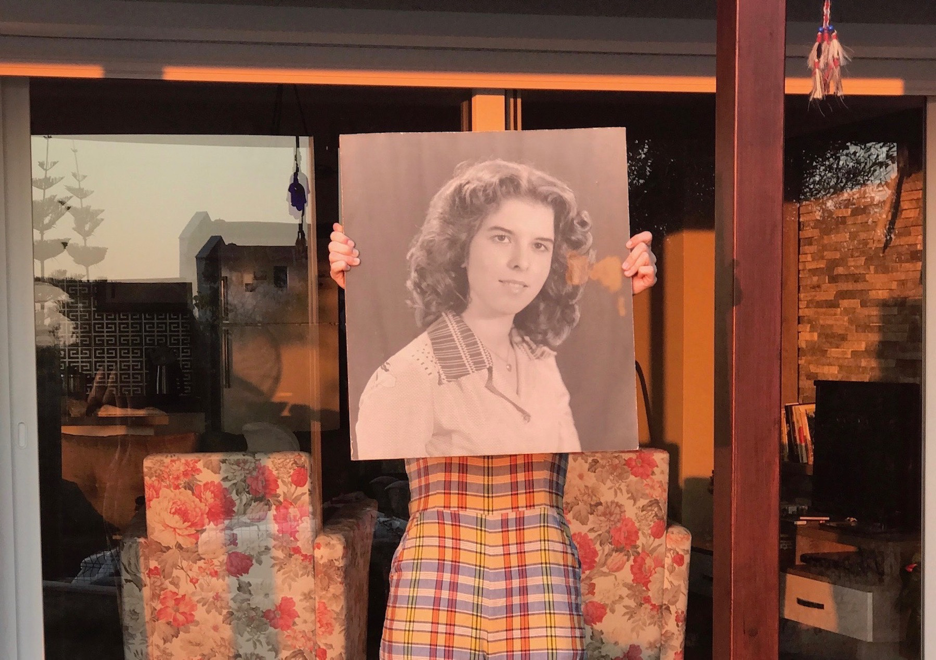
The author holding up a new found photograph of her mother taken before her imprisonment, Izmir, Turkey, October 2018. Courtesy of the author.
Before dawn on September 12, 1980, a right-wing military junta took power in Turkey. During the nine years that followed, the Turkish Armed Forces persecuted over three million people from the Turkish student movement. The members of this coalition not only sought extensive social reform at home, but also demanded the government support wars against imperial oppression. Between 1980 and 1985, the military government arrested 750,000 of them; blacklisted 1,683,000; tried 230,000 in 210,000 lawsuits; sentenced 7,000 to death; revoked the citizenship of 17,000; and denied 388,000 the right to obtain a passport. The government admits that 400 people disappeared (the true number is certainly higher); another 400 died in prison.
This military escalation was directly connected to actions taken by the United States government. In 1979, the Iranian Revolution and the subsequent end of the US-Iranian intelligence relationship created a gap in the CIA’s coverage of the southern part of the Soviet Union and a reduction in US military installations near the oil-rich Persian Gulf. This led to the formulation of the policy proclaimed by the US President Jimmy Carter in his January 1980 State of the Union address: the US would use military force to defend its national interests in the region. In accordance with the so-called Carter Doctrine, the Rapid Deployment Joint Task Force (later reorganized as the United States Central Command, or CENTCOM), was activated in March 1980 to protect the United States’ “vital interests” in the Gulf. The Carter administration’s involvement in the coup was later acknowledged by the former National Security Council specialist and CIA Ankara Station Chief Paul Henze, who reported to Carter: “Our boys did it.”
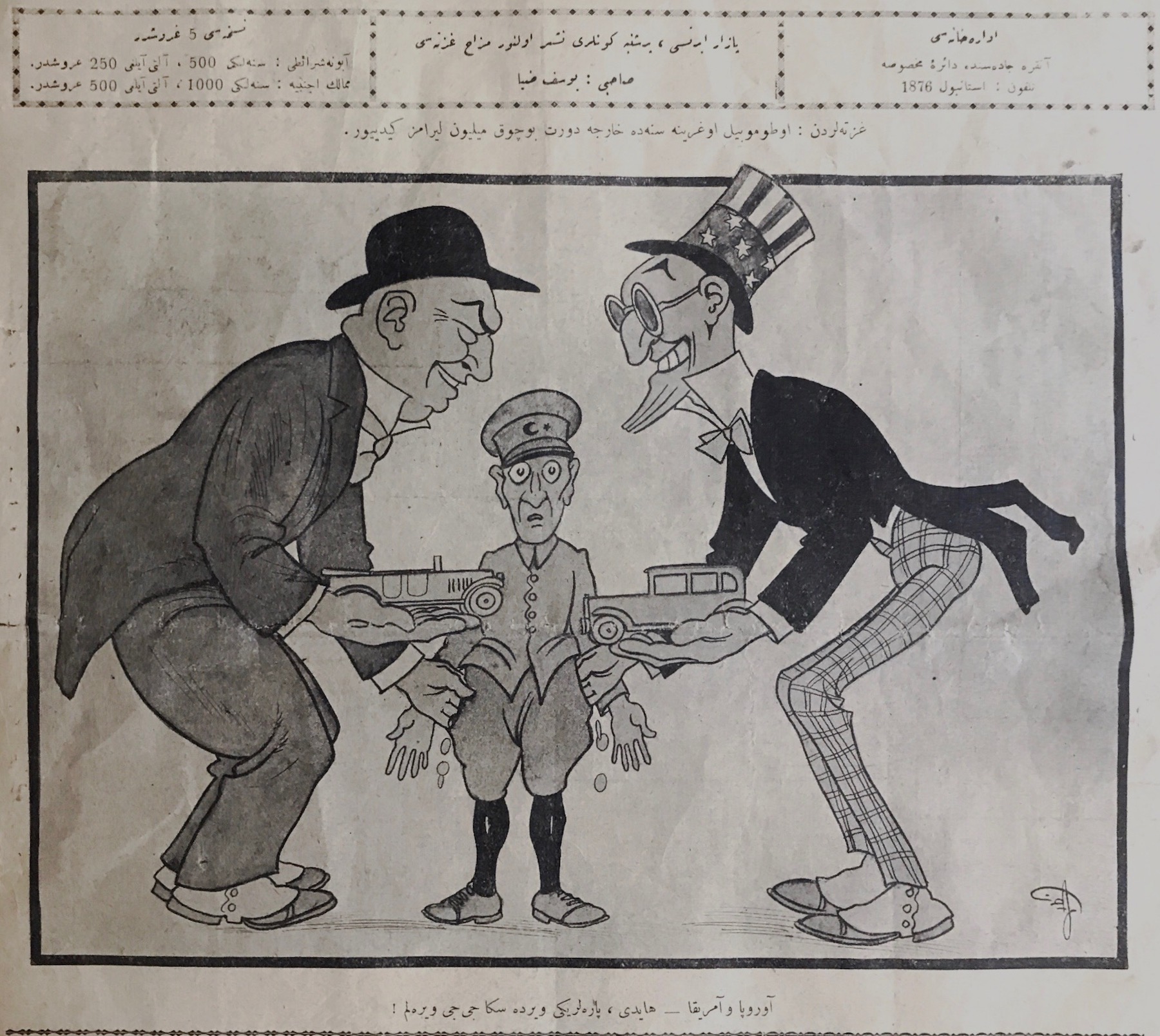
A caricature from the Ottoman political satire magazine آقبَابَا [Vulture] depicting Churchill and Uncle Sam. Istanbul, Turkey, 1928.
Selimiye Military Prison, like other military prisons at the time, was a barracks hurriedly converted into a detention center to accommodate the mass incarceration of political dissidents. Beds were often in short supply and it was common for prisoners to sleep on the ground, a fact my mother still vividly remembers. Metris, however, was built specifically for political prisoners, also known as “prisoners of thought.” Detainees from every other military prison were transferred there in the months following its opening on April 22, 1981. Metris became infamous for its “innovative” torture methods, specifically developed for use on political prisoners. Former Metris inmates testify to the screams of their comrades taken to the basement.
Metris was composed of large wards, which allowed the prisoners some free circulation. The open layout and the social ties between the prisoners enabled them to live a somewhat communal life, which strengthened their solidarity. My mother remembers, “When I was taken to my ward, I saw that all my close friends from university were already there. It felt like some sort of school reunion.” Virtually every member of the movement was imprisoned. The wards became the new front for the fight. In the face of torture and constant harassment, the prisoners started exercising what they called “freedom within captivity,” carving out moments of solidarity within the prison complex. They organized assemblies, reading groups, and collective exercise sessions; they shared meals by distributing food brought by the few families that were granted visits.
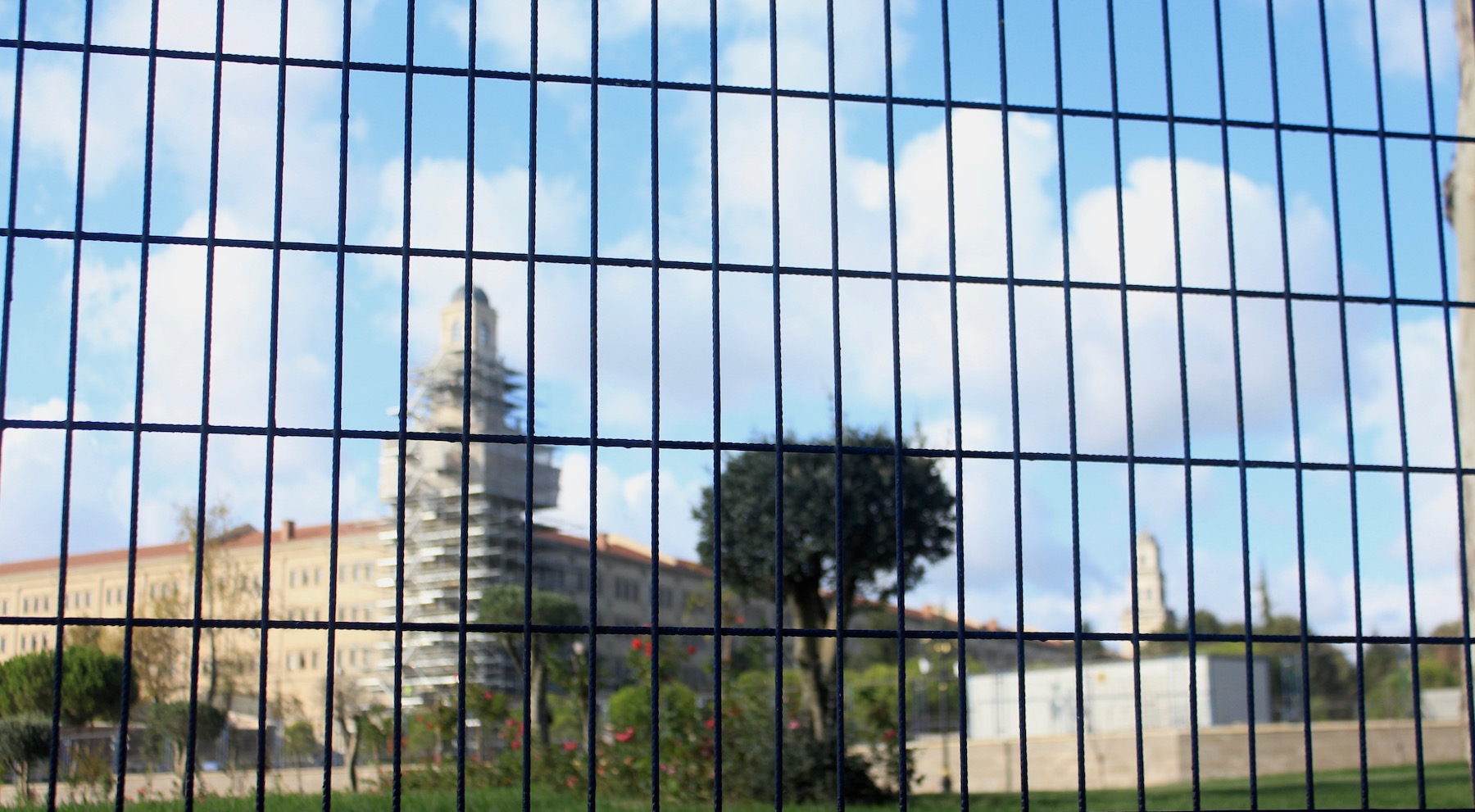
Selimiye Military Prison, Istanbul, Turkey, September 2019. Courtesy of the author.
Individuals also created rituals that helped them cope with the violence and their loss of freedom. It was in Metris that my mother started growing bean sprouts. Before the coup, she had grown geraniums on her balcony in Istanbul. The geranium, native to the Eastern part of the Mediterranean region, had always been popular among the Turkish working class because of its affordability and low maintenance. As the flower of common people, it came to symbolize the plight of the working class. When the student movement, also known as “the 1968 generation,” emerged in the 1960s and allied itself with workers’ movements, the geranium slowly became a symbol for its members.
Can Yucel’s poem “Requiem for a Geranium” (1972) is an important example of the simple flower standing for a member of the student movement. The poem was written for Deniz Gezmiş, a political activist and student leader, who was executed in Ankara Central Prison on May 6, 1972 alongside fellow political activists Hüseyin İnan and Yusuf Aslan. Gezmiş’s last wish before his execution was to drink tea and listen to Joaquín Rodrigo’s guitar concerto Concierto de Aranjuez. His last words were, “Long live the workers’ struggle. Long live the Kurdish people’s fight for independence. Damned be imperialism.” Government officials later described Deniz Gezmiş and his friends’ execution as “a mishap which occurred during the Cold War.”
After his execution, Gezmiş became a legendary figure in Turkey, and “Requiem for a Geranium” a seminal poem that was adapted into a widely known song by the folk band Yeni Türkü in 1979, a year before the coup. The popularity of Gezmiş, the poem, and the song established the flower as a symbol of the movement and its members, and the gifting of a geranium became a covert symbol of class solidarity. At first the military government wasn’t aware of its significance, but as the flower continued to be shared, the government started to ban the giving of geraniums to prisoners. Thus, my mother could not grow geraniums in Metris. To replace the flower she missed the most, she grew bean sprouts in water glasses. Tending to these tiny, unassuming, and fragile plants became a welcome ritual and distraction from the claustrophobia of the room she was held in for three years. In a letter sent from Metris, she explains her decision to continue growing beans after her release: “All the geraniums I admired were murdered.”
My mother was freed in 1984 in a mass release of prisoners kept without trial. It was only when my father risked a trip to Istanbul to see her that she discovered he was still alive. He then went back to Anatolia and stayed there until 1987, when he left Turkey as a political exile. My mother joined him a year later. At the end of the military regime in 1989, almost all of the leaders of the revolutionary movement had been killed through execution, covert operations, or torture. Most members of the student movement had disappeared. The potential of the left to unite the working class was destroyed, exacerbating religious and ethnic divisions.
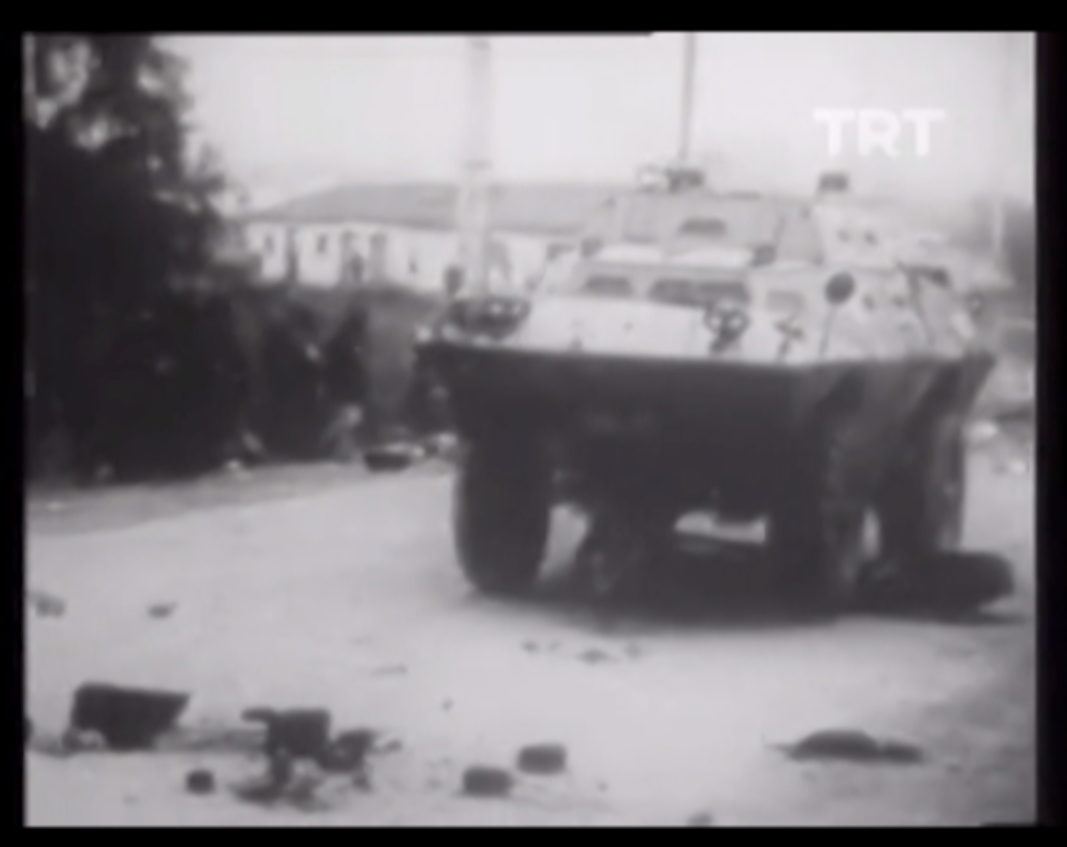
Hande Sever, Günler Yürüdüğünde [As Days Started Walking], 2018. Archival footage from the Turkish Radio and Television Broadcast. Courtesy of the author.
The forced disappearance of most of the student movement means that the history of their struggle has disappeared as well. But their rituals of freedom within captivity have been passed on through families and communities as acts of solidarity. Before I was old enough to comprehend my family’s political history, I watched my mother care for her bean plants. Her small act of remembrance opened up that history for me. Her ritual of resistance speaks to me, as I continue to link the struggles of the past to the events of the present through my work and the growing of beans. For When the Geraniums Bloom (2019), I shackled hundreds of water glasses to the walls of the Visitor Welcome Center, Los Angeles, and grew bean sprouts in them over the course of a month-long exhibition. A sound piece created from Concierto de Aranjuez, the last song heard by Deniz Gezmiş, accompanied this strange garden.
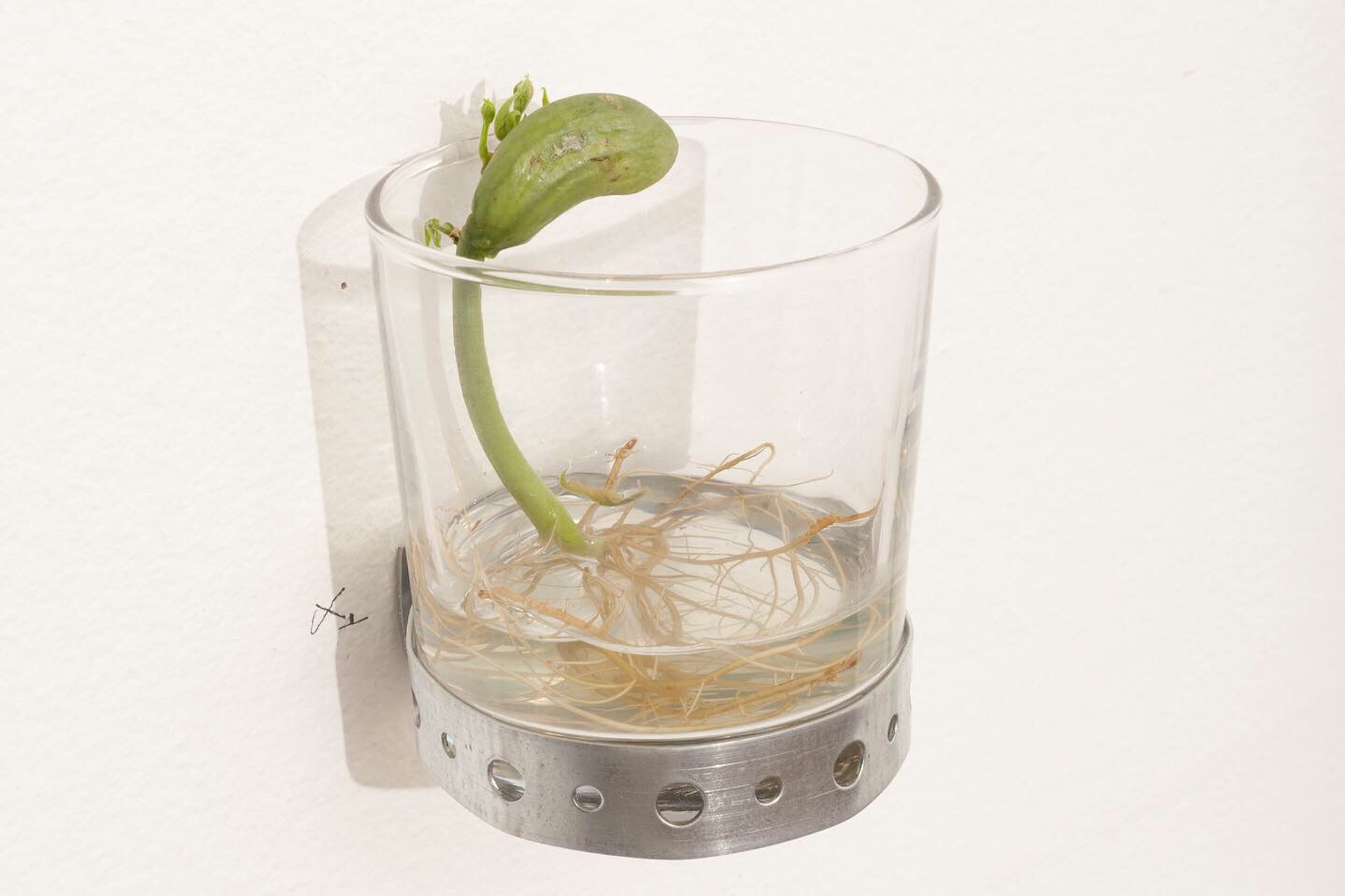
Hande Sever, When the Geraniums Bloom, installation view, Visitor Welcome Center, Los Angeles, July 13–August 17, 2019. Courtesy of the author and Visitor Welcome Center, Los Angeles. Photo: Josh Schaedel.
The suppression of Turkey’s violent history continues to inform the politics of its present. The Truth Justice Memory Center in Istanbul cites that there have been at least 1,353 cases of forced disappearance in the three decades since the coup. Such silence is a death after death, a disappearance after disappearance, as the victims are lost again. Hence, it is incumbent upon those who remain to enact rituals of remembrance to keep the memory of the disappeared in the present and inform new political imaginaries for the future. May the act of sprouting beans be one of them. x

Hande Sever was raised in Istanbul, Turkey and received an MFA from the California Institute of the Arts. Her work has been included in exhibitions and screenings at Hauser & Wirth Somerset, UK; the Museum of Contemporary Art Chicago; the San Francisco Museum of Modern Art; Flux Factory, New York; and Los Angeles Contemporary Archives (LACA), Human Resources, Visitor Welcome Center, and The Box, Los Angeles. Sever has published with The Getty Research Journal, The Journal of Arts & Communities, Stedelijk Studies, Hayal Perdesi, and Hauser & Wirth. She is currently teaching at CalArts in the Photography and Media Program.